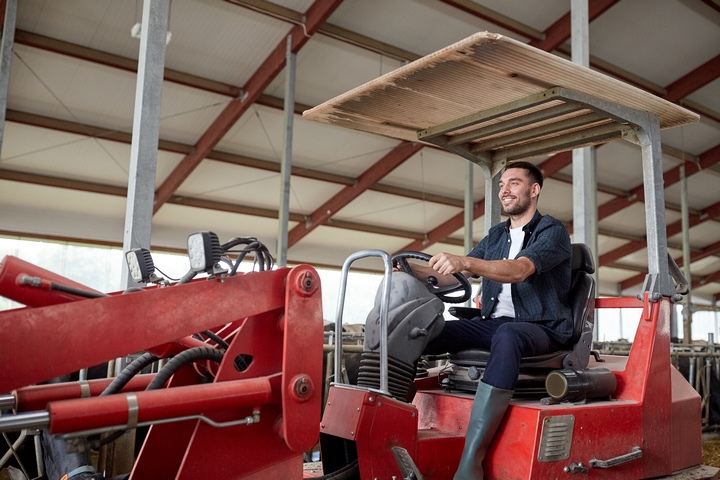Your new home’s plumbing system is essential for functionality inside the home. Its excellent condition is vital to protect the property from water or sewer-related damage. The last thing that you may want to think about when you are preparing to move into a new home is a plumbing issue. However, regardless of your home’s age or current condition, plumbing problems can happen at any time. One of the best steps that you can take is to have a professional plumber in your phone’s contact list. You can vet the plumbing company beforehand so that you know exactly who to call if you are faced with an emergency situation. You can also follow these important plumbing steps.
1. Locate the Main Water Valve
 Underneath your sinks and behind each toilet, there is a water valve that controls water to that specific feature. In addition, there is a main valve that controls water to the entire home. This valve is usually located in your yard. While it is important to know where the interior valves are and how to turn them off as needed, you also need to locate the main water valve before an emergency situation develops. The ability to turn off water supply may help you to avoid unnecessary water damage if a pipe ruptures or another similar event occurs.
Underneath your sinks and behind each toilet, there is a water valve that controls water to that specific feature. In addition, there is a main valve that controls water to the entire home. This valve is usually located in your yard. While it is important to know where the interior valves are and how to turn them off as needed, you also need to locate the main water valve before an emergency situation develops. The ability to turn off water supply may help you to avoid unnecessary water damage if a pipe ruptures or another similar event occurs.
2. Review the Property Inspection Report
 If you ordered a property inspection on your new home, spend a few minutes reading the report carefully. The report likely includes details about leaking faucets, running toilets, required water heater service and more. Some of these issues may need to be addressed right away. Other issues may be placed on your to-do list and dealt with soon.
If you ordered a property inspection on your new home, spend a few minutes reading the report carefully. The report likely includes details about leaking faucets, running toilets, required water heater service and more. Some of these issues may need to be addressed right away. Other issues may be placed on your to-do list and dealt with soon.
3. Schedule a Plumbing Inspection
 Regardless of whether you ordered a property inspection report or not, scheduling a plumbing inspection is a smart idea. A property inspector does not have the training or experience of a professional plumber and may not identify all potential plumbing concerns. In many cases, a plumber may be able to address concerns on your behalf at the time of the inspection.
Regardless of whether you ordered a property inspection report or not, scheduling a plumbing inspection is a smart idea. A property inspector does not have the training or experience of a professional plumber and may not identify all potential plumbing concerns. In many cases, a plumber may be able to address concerns on your behalf at the time of the inspection.
4. Invest in a Plunger
 Another important step that is easy to overlook involves buying a plumber or two. You may keep a plunger behind each toilet, or you may store it in the garage. By keeping a plunger handy, you can address common toilet blockages easily and before they become a significant and damaging problem.
Another important step that is easy to overlook involves buying a plumber or two. You may keep a plunger behind each toilet, or you may store it in the garage. By keeping a plunger handy, you can address common toilet blockages easily and before they become a significant and damaging problem.
Keeping your new home well-maintained is essential. Because many types of damage may be related to the plumbing system, it makes sense to follow these important tips.




